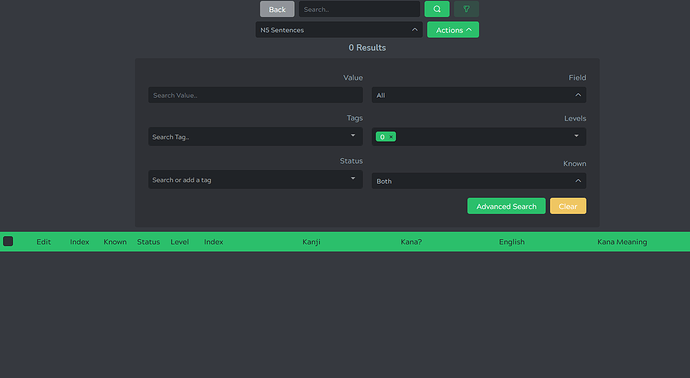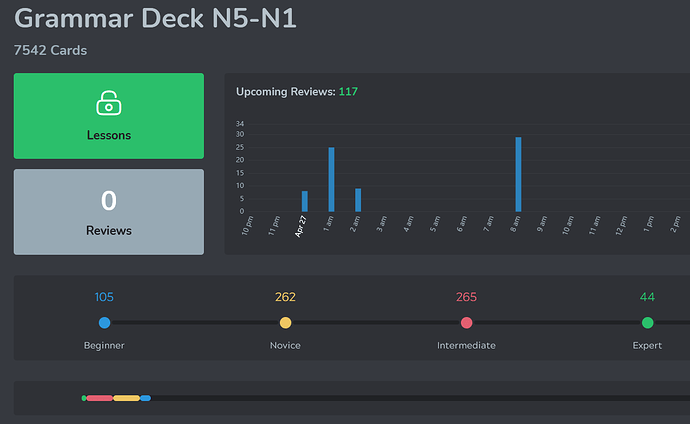I’ll try to answer best I can, hope this helps.
Example Sentences are organized like this:
For example for あえて is the #1 on the grammar list

Here is the first example
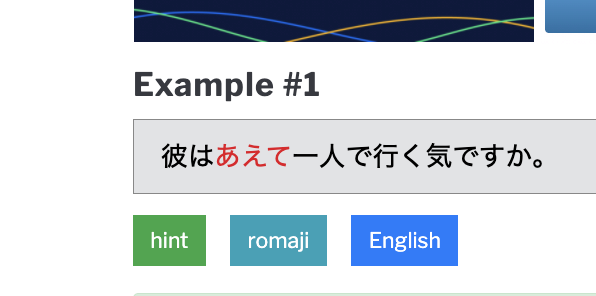
For Kitsun:
Index: Example #1

Tag filter under N1 template: Example, grammar point number (1), and N level

Entry

Vocab Entries
All entries are in a single template

Also have the same tag, ‘1’ the 1 in the grammar JLPT per that grammar level

Entry
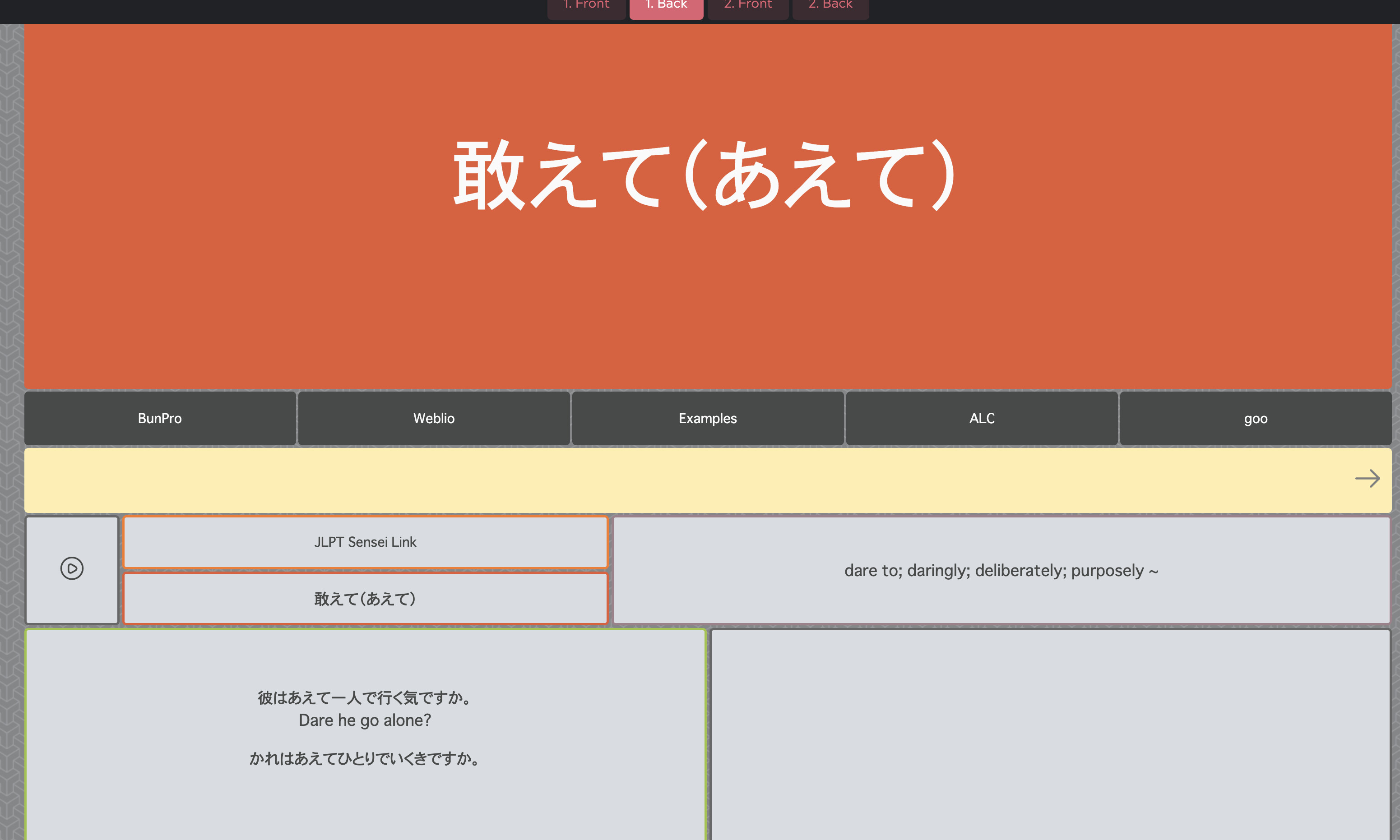

You will also notice the first example sentence is the one used for the vocab entry
Layout filtering
So the layout filtering can run in a number of ways:
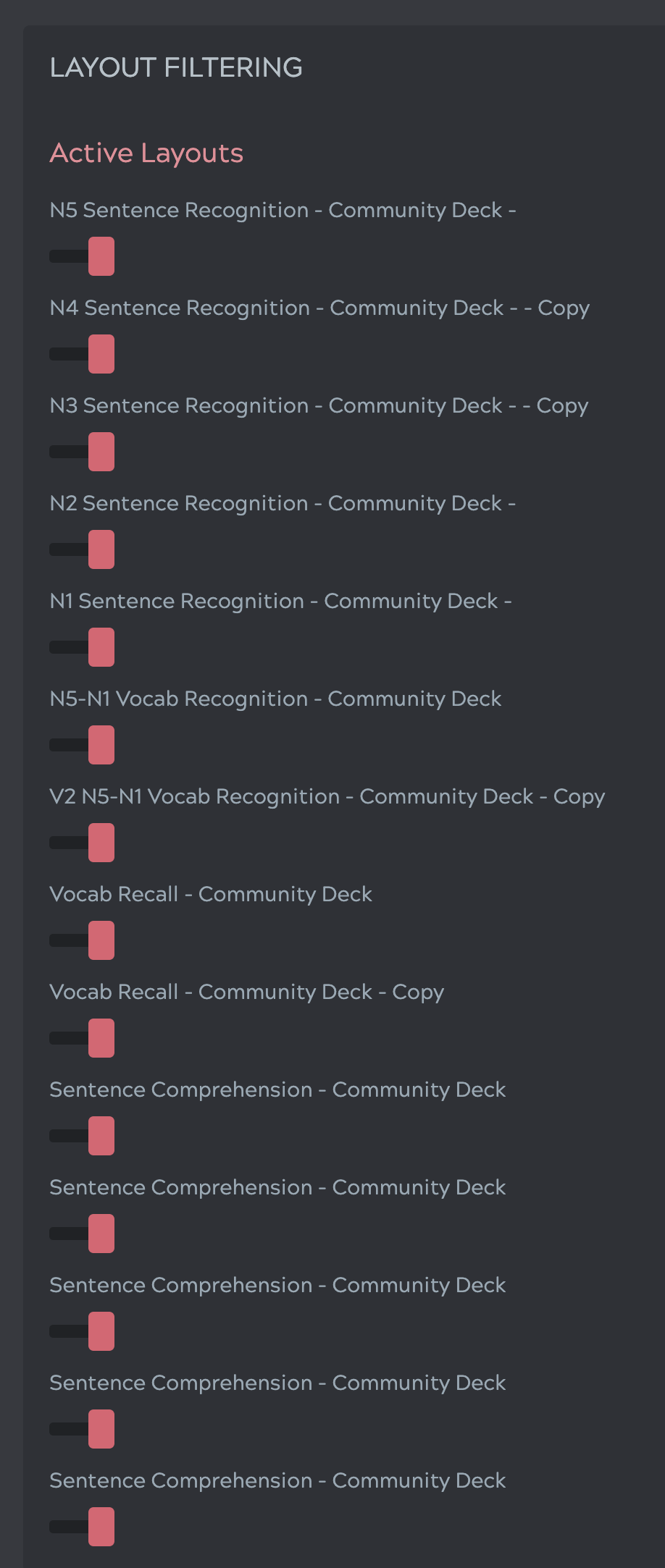
The listening comprehension should be in N order like above. Those templates are all the same so they didn’t get an individual ‘N’ label but a user should have control to listen comprehend per N level if so desired.
I’m not sure why there are doubles of vocab recall & vocab recognition… I don’t see a separate template. If in doubt, just engage both to what ever preferred.
How to use this Deck
Obviously there is a lot of autonomy here. And much like users who jump into BunPro, everyone has a different level anyone can start in a different place for their learning needs or to have a specific exercise they want to work on. So custom tag filtering on your needs is highly recommended
How I’m using it:
I’m using the vocab first … this helps develop recognition alot with recall for Eng->Jp. It also give a bit of focus to understand the form, looks at the hyperlinks, read the sentence…whatever to lock-in the meaning. And the recall has definitely helped with output as well thus far.
Once I have some mastery, I’ll start drilling the sentences to reading comprehension and listening recognition more. I feel the TTS is definitely strong enough for listening comprehension, I think it does very good in the deck…for shadowing, pitch awareness and inflection to the context, I would definitely use native materials and something like Subs2kitsun with pro actors is even better.
How many sentences per grammar point?
Well, that’s up to you. There are a lot of sentences and sentence reviews take time along with audio comprehension if including though the JLPT sensei sentence are very streamlined and short which is helpful. Personally, I will strategize as needed and I’m already swamped with other stuff. I will probably filter tag to #2 examples sentences to get a fresh sentence to practice on and then add additional however needed. Certainly, utilizing every single card is an option as well as is adding all sentences to a struggling grammar point.
One more tip: If you struggling to read a sentence, much better to play the audio IMO than just read the kana. Kana reading is easy, so since there is no furigana I’ve found a benefit to playing more audio than I usually would just for better ear training

















